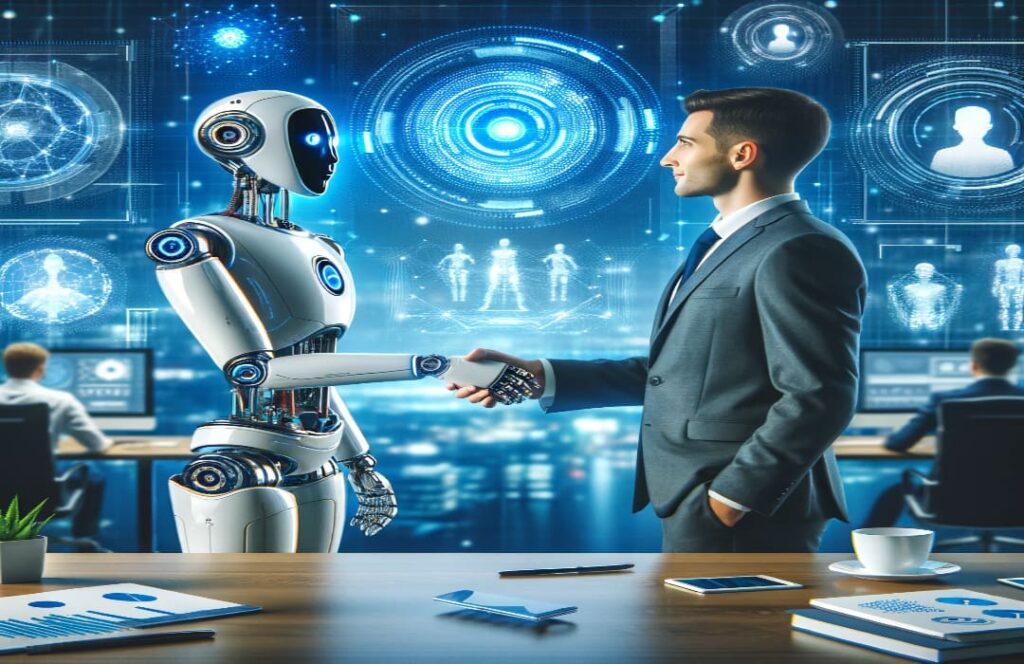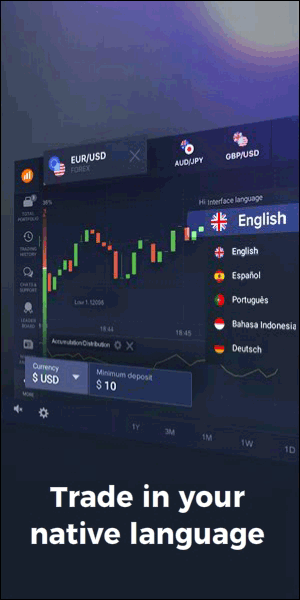As AI continues to reshape the job landscape, the question looms: will machines replace us? This deep dive analyzes AI’s dual role as a disruptor and innovator in the workforce, offering insightful strategies for staying relevant in an AI-dominated future. Discover how to harmonize with the machines that are redefining our careers.
Introduction to the Age of AI
In the dawn of the 21st century, artificial intelligence (AI) has transitioned from the pages of science fiction novels into the stark reality of our daily lives. The proliferation of AI has brought about significant changes in various sectors, leading to the inevitable question: Will AI take over your job? This article delves into the intricacies of AI’s impact on the job market, exploring the balance between technological advancement and human employment.
The Evolution of AI in the Workplace
AI’s role in the workplace has been evolving at a breakneck pace. From automating simple tasks to making complex decisions, AI systems are becoming an integral part of many industries. We will explore how AI has transformed traditional roles and what it means for future job prospects.
Industries at the Forefront of AI Adoption
- Manufacturing: Robots have been deployed on production lines to increase efficiency and reduce human error.
- Healthcare: AI assists in diagnosing diseases and personalizing patient care plans.
- Finance: Algorithms conduct market analyses and manage investments, transforming how we approach banking and trading.
Jobs Enhanced by AI
Despite fears of displacement, certain jobs are being enhanced by AI, leading to a symbiotic relationship between human workers and AI systems. For example, data analysts are leveraging AI to process vast amounts of information, thereby augmenting their capabilities to draw insights more effectively.
The Dichotomy of AI: Job Displacement vs. Job Creation
There’s a delicate balance between the potential of AI to displace jobs and its ability to create new opportunities. We will examine this dichotomy and the factors that influence it.
Displacement of Routine Jobs
Jobs involving repetitive tasks are at a higher risk of being automated. AI systems excel in areas where they can perform routine tasks consistently and without fatigue.
Emergence of New Job Categories
Conversely, AI is also a job creator. New industries focused on AI development, maintenance, and ethical considerations are emerging, creating roles that didn’t exist a decade ago.
Upskilling: A Weapon Against AI Job Takeover
One of the key strategies to mitigate the risk of job loss due to AI is upskilling. By acquiring new skills and knowledge, workers can stay ahead of AI’s encroachment into the job market.
Importance of Continuous Learning
Continuous learning and adaptability are crucial in an era where AI is constantly evolving. This not only makes workers more versatile but also opens up new career paths.
Examples of Upskilling Success
Individuals who have embraced upskilling have transitioned into roles like AI supervisors, data annotation specialists, and AI ethics compliance officers, showcasing the potential for career transformation.
Preparing for an AI-Integrated Future
It’s not a question of if AI will be integrated into more aspects of our lives and work, but when. Preparing for this future requires foresight and planning.
Strategies for Individuals
- Invest in education and training in AI-related fields.
- Develop soft skills that are difficult for AI to replicate, such as creativity and emotional intelligence.
- Stay informed about AI trends and their implications for your industry.
Strategies for Businesses
- Incorporate AI strategically to augment human work rather than replace it.
- Provide training programs to help employees adapt to AI integration.
- Focus on building an AI-ethical framework to guide the responsible use of AI in business practices.

Conclusion: Navigating the AI Landscape
In conclusion, the question of whether AI will take over your job is complex and multifaceted. While AI has the potential to automate certain tasks, it also opens the door to new opportunities and industries. The key takeaway is that proactive adaptation, upskilling, and strategic planning are essential for both individuals and businesses to thrive in an AI-integrated future. As we continue to navigate the AI landscape, it is crucial to foster a collaborative environment where AI and human intelligence work in tandem to achieve greater innovation and efficiency.
References for Further Reading:







